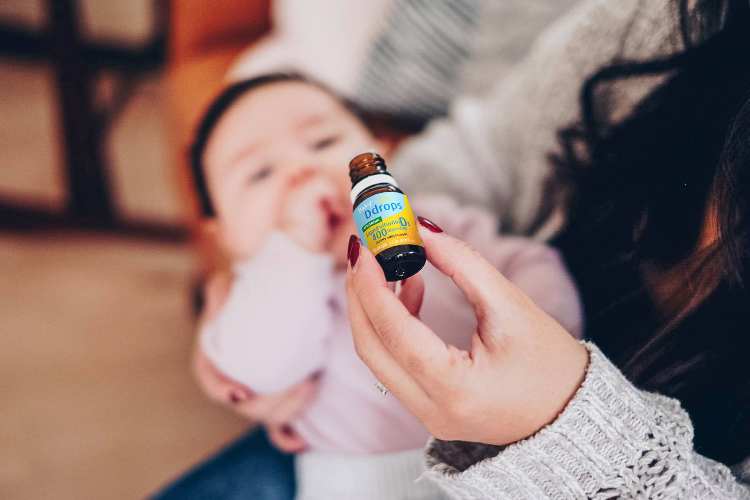September 19, 2016
Those who suffer from Seasonal Affective Disorder (SAD) tend to feel sad, anxious, fatigued, hopeless, and irritable during fall and winter due to the shorter days and reduced daylight. Antidepressants, light therapy, psychotherapy, or a combination of these are typically used as treatments for SAD. But what about vitamin D? Should it be considered as an alternative treatment?
Some connections between seasonal affective disorder and vitamin D levels make for a good argument to consider vitamin D as a potential treatment for SAD. For example, SAD and depression are more likely to occur in people who have lower vitamin D levels compared to non-depressed people.[1][2] Scientists studied this by providing SAD patients with very high doses of vitamin D. The depression scales of these patients showed an improvement, as measured by the Hamilton Depression scale. However, it is worth bearing in mind that this was a small study.[1]
Other theories that make scientists wonder whether vitamin D might be a future option to treat Seasonal Affective Disorder include:
- Reduced sunlight causes havoc with one’s biological clock, which is responsible for regulating sleep. [2]
- Sunlight impacts the delicate balance between dopamine and serotonin, the brain’s neurotransmitters which influence your mood. [2]
- Vitamin D levels fluctuate in the body based on the amount of sunlight available in the different seasons. [2]
Studies show that there could be a relationship between vitamin D and SAD, but not enough data exists to suggest that vitamin D may actually be an effective or safe treatment for SAD. Until we have more concrete data, it is unknown whether or not vitamin D may actually be able to treat people with SAD.
If you are experiencing signs and symptoms of seasonal affective disorder, speak to your doctor right away. There are proven treatments that they can offer to help you feel better.
[1]Gloth FM 3rd, Alam W., Hollis B., Vitamin D vs broad spectrum phototherapy in the treatment of seasonable affective disorder. J Nutr Health Aging. 1999;3(1):5-7.[2]Stewart AE, Roecklein KA, Tanner S, Kimlin MG. Possible contributions of skin pigmentation and vitamin D in a polyfactorial model of seasonable affective disorder. Med Hypotheses. 2014 Nov;83(5):517-25. Epub 2014 Sep 18.




Leave a comment
This site is protected by hCaptcha and the hCaptcha Privacy Policy and Terms of Service apply.